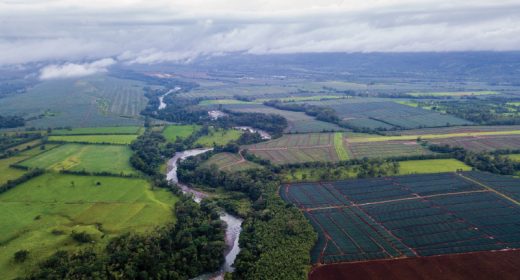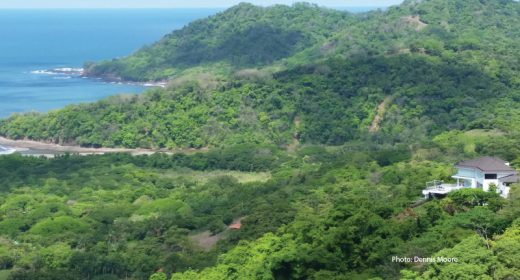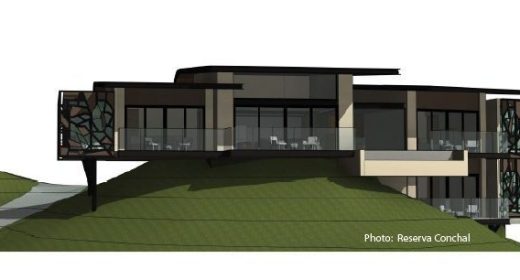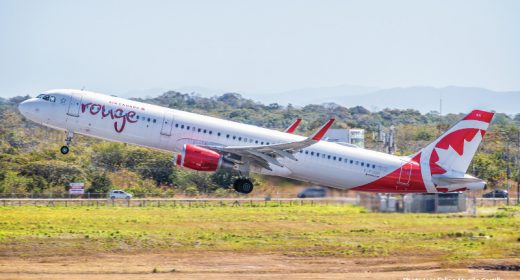
Surviving Costa Rica – My First Inspection Adventure
- JUN 05, 2017Warning: count(): Parameter must be an array or an object that implements Countable in /home/howlermag/public_html/old/wp-content/themes/new-paper/includes/general.php on line 193
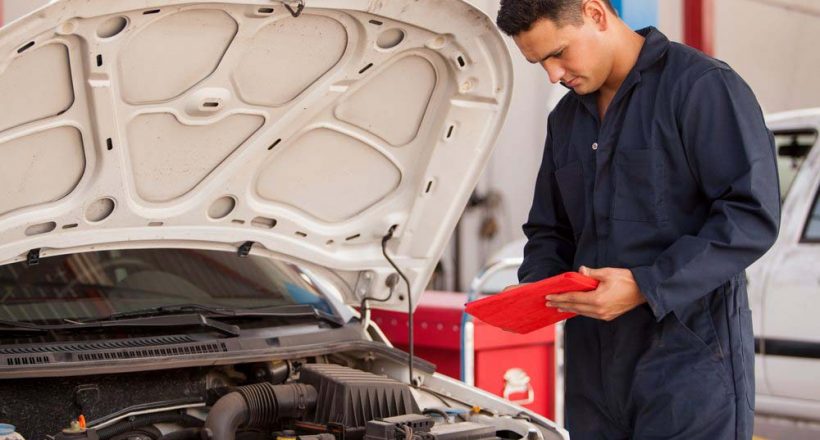
Your Lead Paragrpah goes here
It used to be that if you owned a car in Costa Rica, all you had to do to get your yearly marchamo (registration) was to have an emissions test, (eco marchamo), where a tube connected to some neat machinery was inserted into your car’s exhaust pipe and if you couldn’t pass you’d just slip the technician a few thousand colones and, voila, you did pass!
This accounted for the numerous junkers on the road happily spewing toxic waste while disintegrating before your very eyes. Then someone in the Ministry of Transportation decided that his brother (or cousin or uncle) might benefit from a more stringent inspection and it was decided to contract a Spanish company to begin a very thorough and European examination. Of course, somewhere along the line, the brother, cousin or uncle was put on the Revision Tecnica (RTV) Board of Directors and is now driving a new BMW and everybody is happy.
Except for the Ticos, who had become very comfortable with the existing non-existent inspections.
At first, there were loud and exuberant demonstrations against the new inspections, especially from those whose cars didn’t stand a chance of ever passing. But as is usually the case in Costa Rica, the Ticos became resigned to the idea and immediately started to look for ways to get around it. The most time-honored tradition, of course, being a bribe.
The inspections are held in a long barn-like structure and are based on an assembly line process with several stations. Each has its own function: brakes, suspension, emissions, lights, horn, etc., complete with computer terminals, flashing lights, and pulsating numbers. Very exciting and intimidating, taking about 20 minutes to complete. After completing the gauntlet you receive a report card (Informe de Revision Tecnica) on what passed, what barely passed (LEVE) and what didn’t (GRAVE). If you don’t pass you’re given a reprieve of between one and two months to get it fixed.
It was at this stage of the game that some people would initiate a bribe.
When the new system was put into effect the word went out that the people at Revision Tecnica were absolutely and unquestionably totally unbribable. The first thing you see whenyou enter any inspection office are large signs advising clients not to even try to bribe an inspector under harsh penalties of the law. The last thing you see coming out of the inspection barns are the exact same signs.
Almost immediately the local newspapers were filled with stories of people who nonetheless tried to bribe their way into the coveted TARJETA DE REVISION TECNICA, most of whom were apparently successful. Each story was accompanied by mass firings of inspectors and vows to clean up the system and has even included mobile emissions inspectors who can stop any driver they want and see if he really did pass inspection.
Just when it looked like things had calmed down, one of those crusading television journalists from San Jose took his car in for inspection knowing it wouldn’t pass and paid a little cash to do so… and got it all on camera. Once again everyone got into a tizzy, more accusations were sent flying and it only made the Revision people swear to be even stricter with the inspections. Which is pretty much where we stand today.
Actually, I’m all for the new inspection laws. It’s really cool going through the inspection barn with all the lights and gizmos and it’s good knowing that someone is trying to keep vehicles in Costa Rica in a safe condition. It also provides both Costaricenses and Extranjeros something new to sit around and complain about.
My first experience with the RTV was with my trusty old ‘88 Isuzu Trooper, beat up and long in the tooth (much like its owner) and pretty much the required vehicle for Gringos of my ilk.
Locals referred to the Isuzu Trooper as an “ombligo” or “belly button”, because everyone had one. There’s still a bunch of ‘em on the road today keeping the local mechanics busy with constant repairs and service.
If my memory serves me well, which it usually doesn’t, it took a couple of tries before I finally obtained the coveted sticker which I proudly displayed in my windshield, making me feel just a little bit more like a real Costa Rican.





